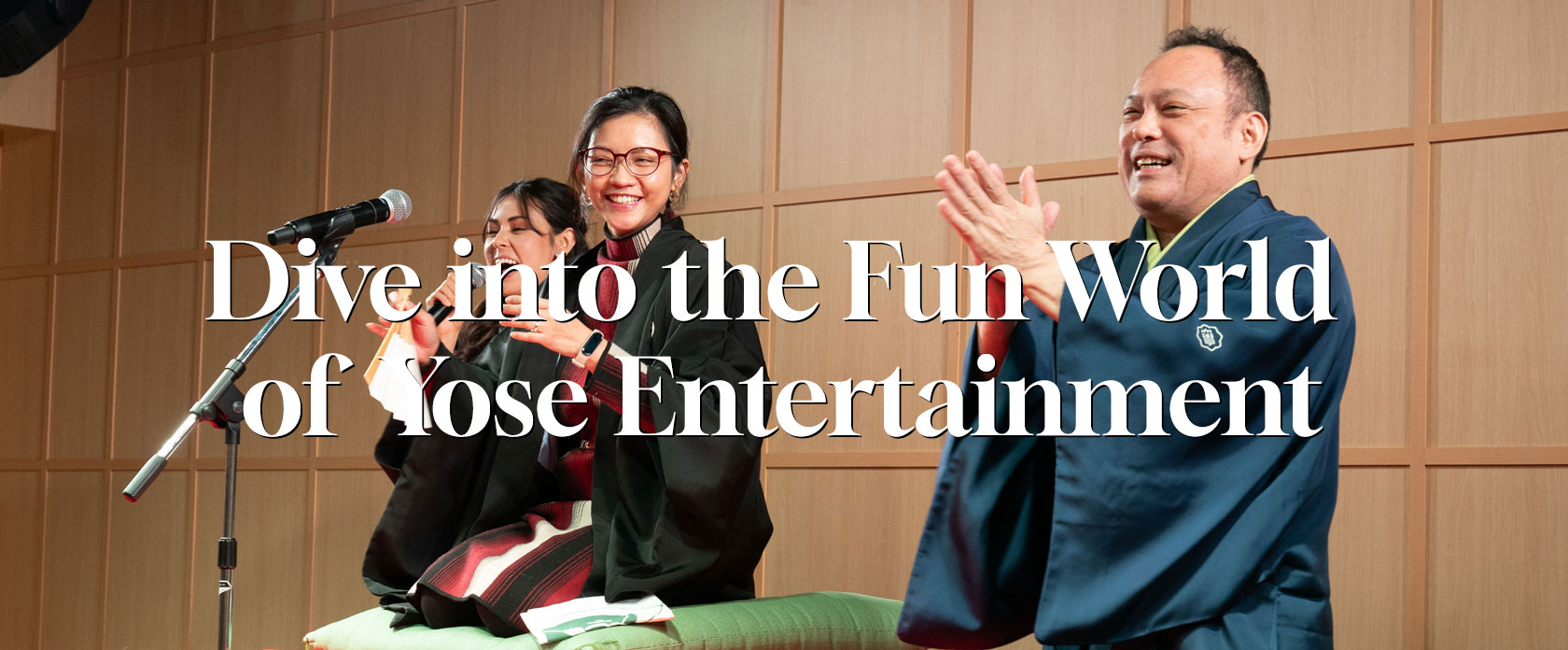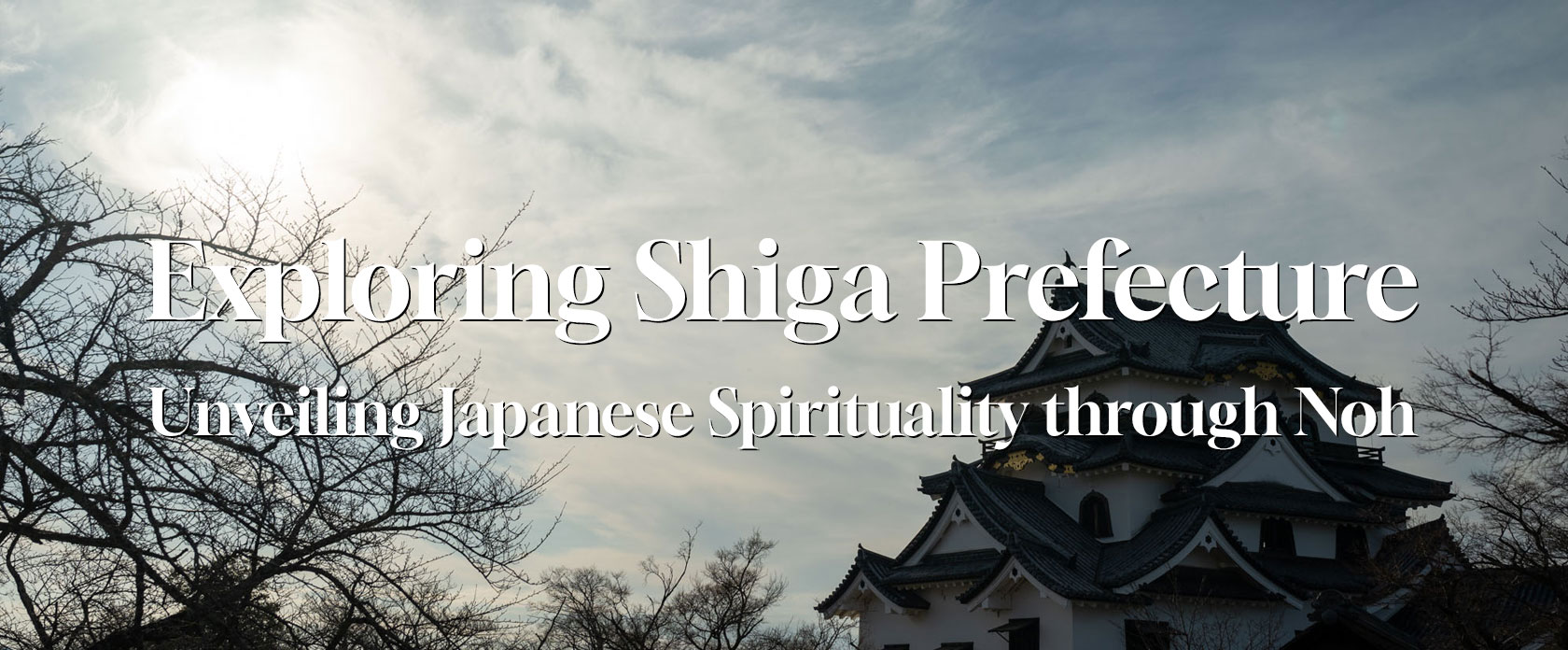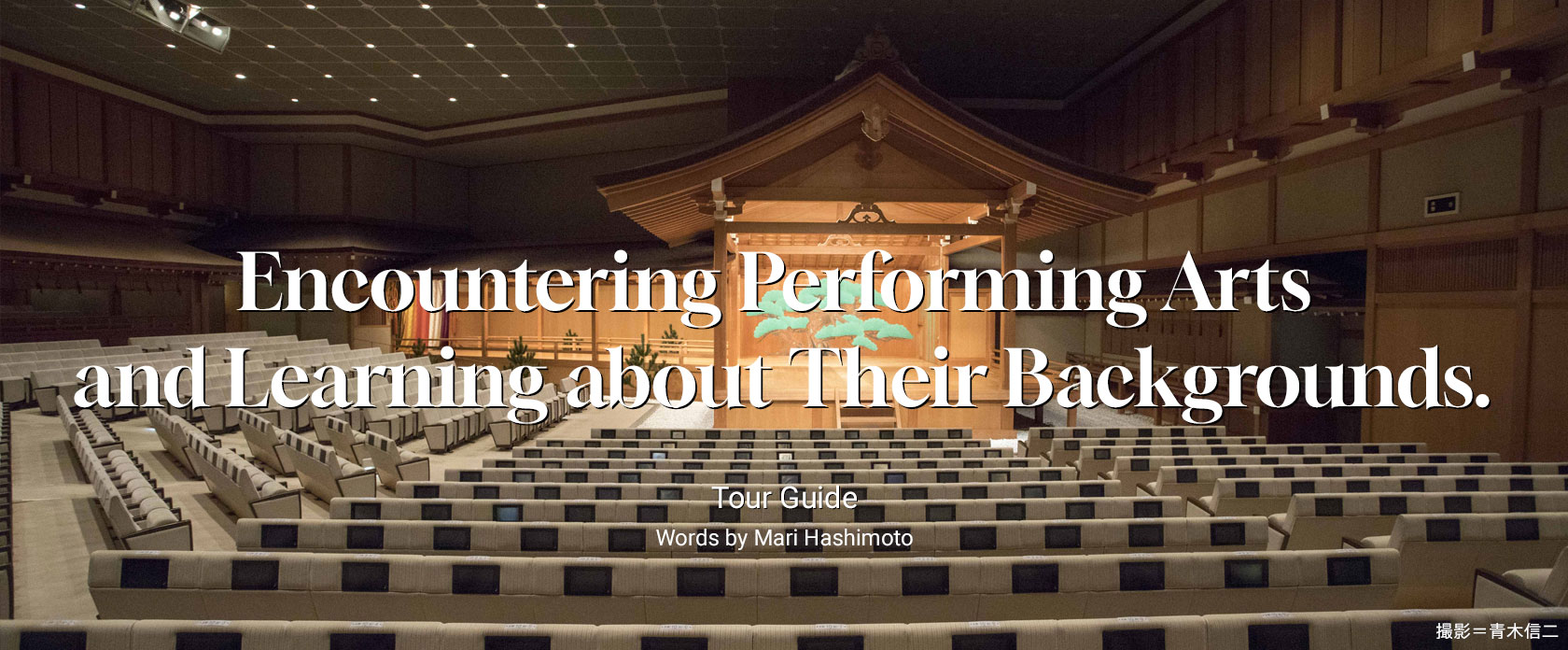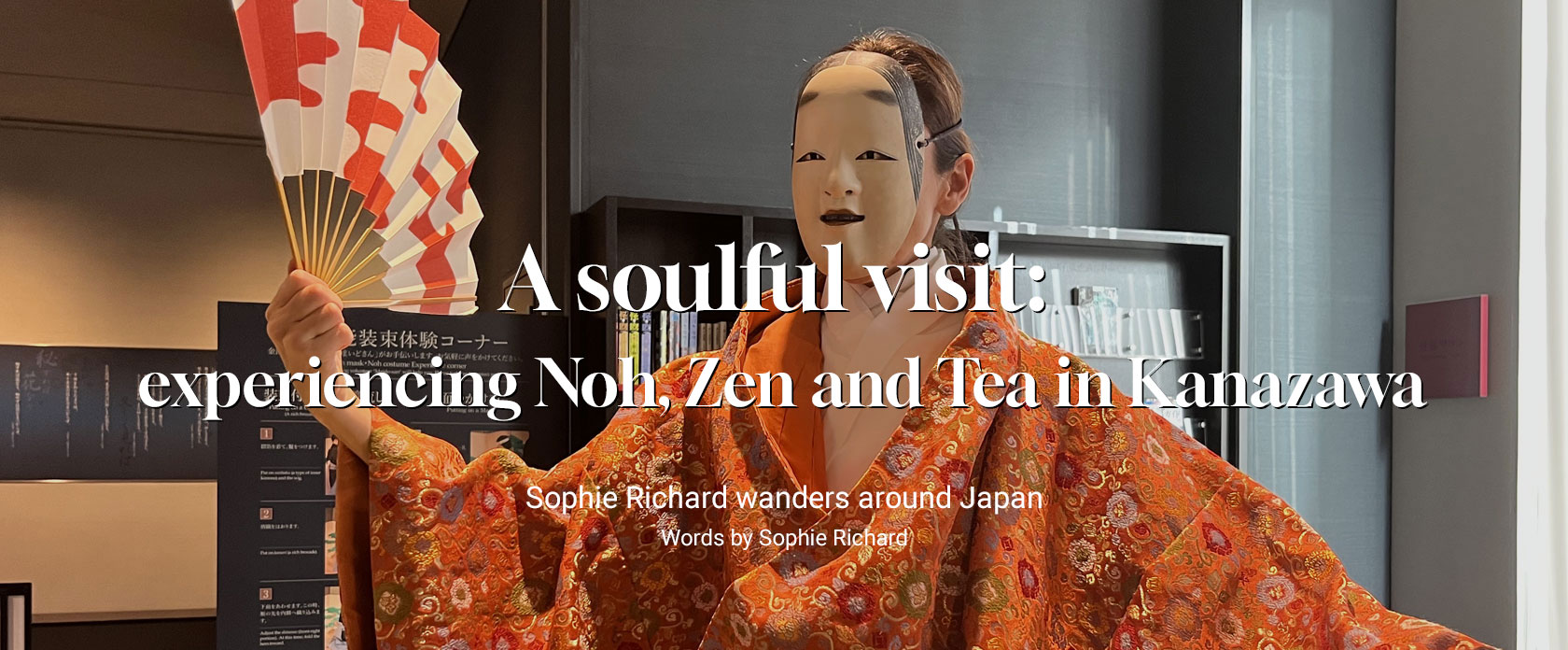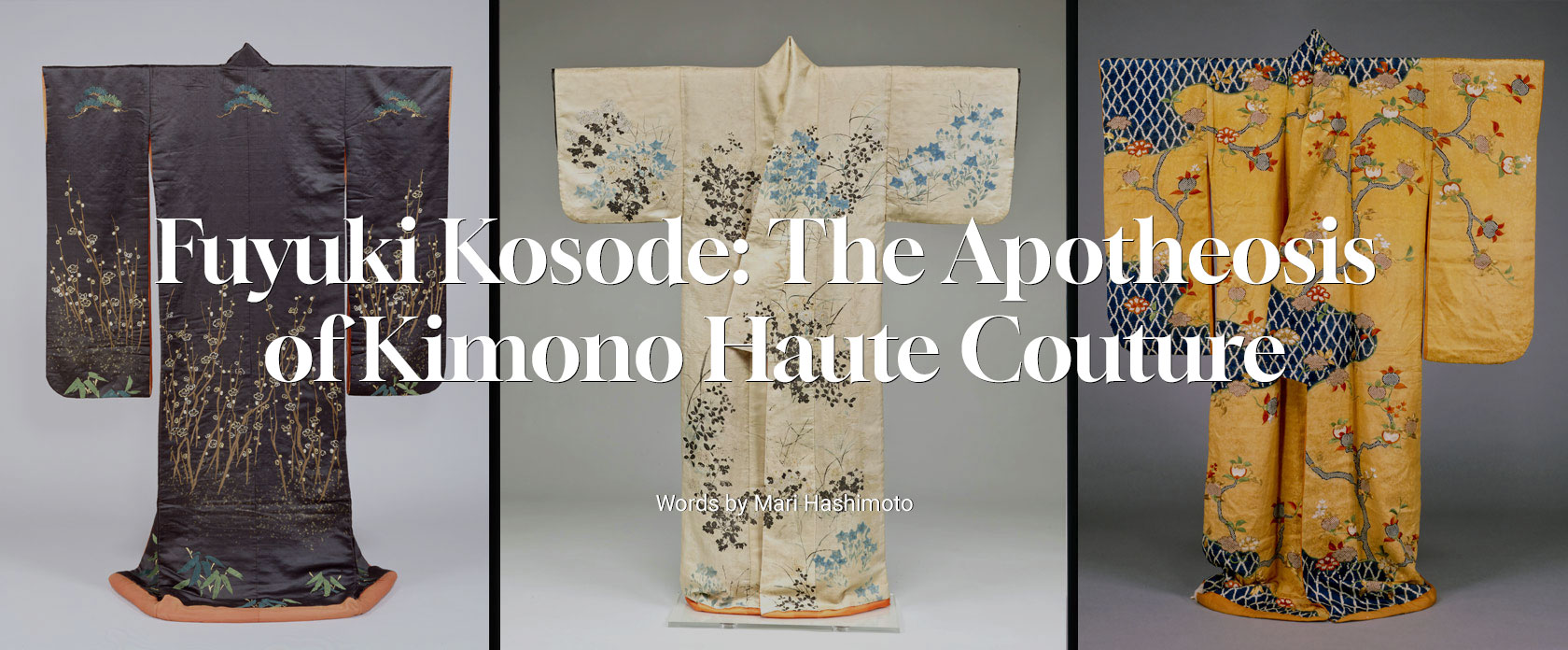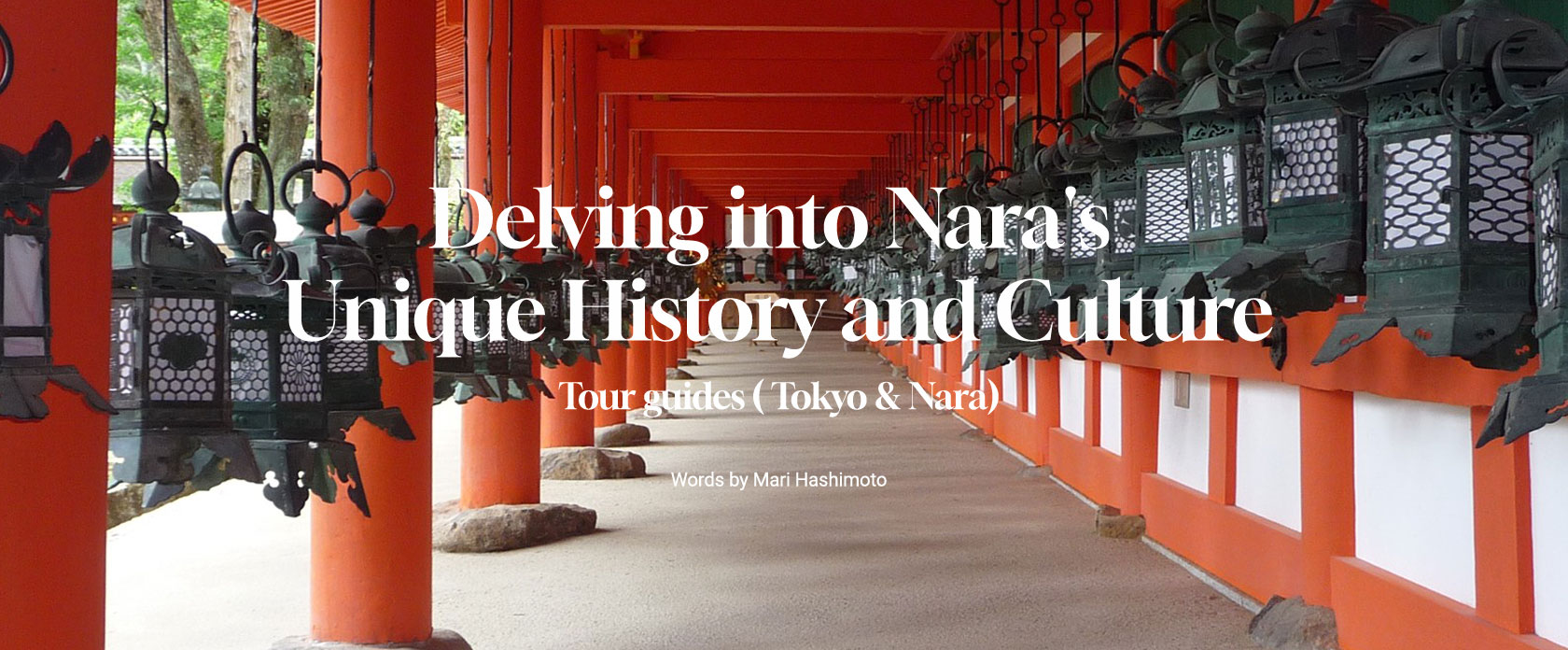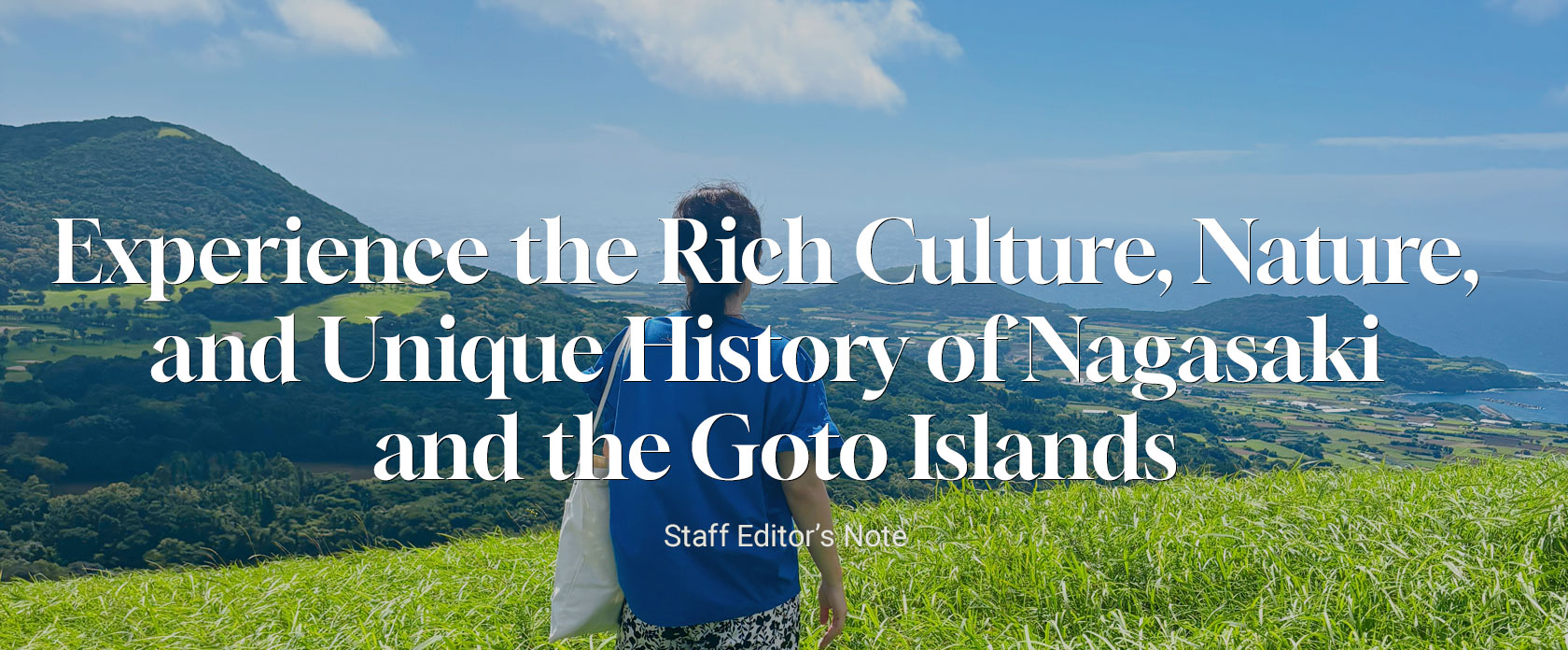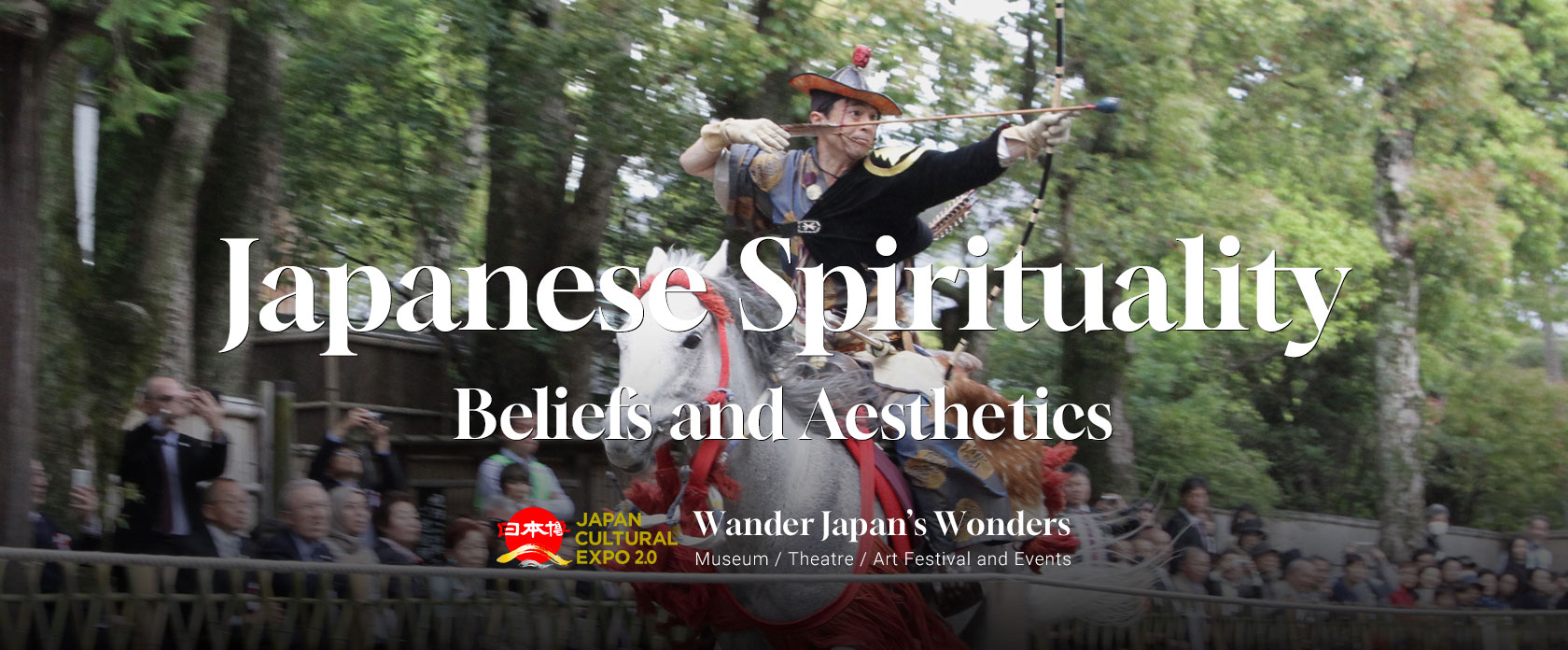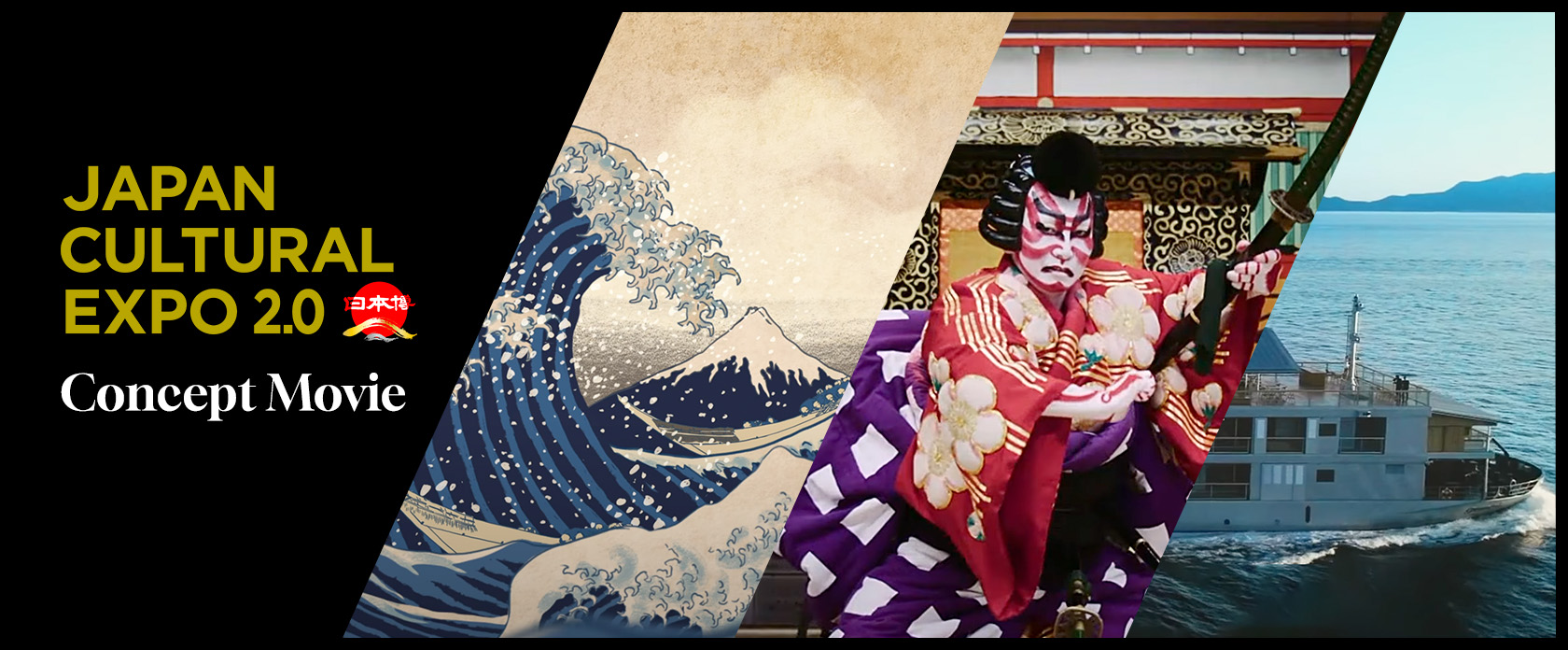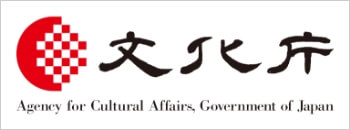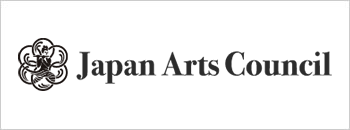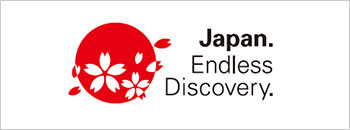Article
-
 Tokyo
TokyoFamily Fun through Technology and Innovation in Odaiba - Part 1
Odaiba City – a hub for futuristic entertainment and a great place to learn about Japan's technology and innovation. Wander through its premises and you'll witness an impressive harmony of its cityscape blending seamlessly with the expanse of the sea. It's a perfect destination for families looking to inspire young minds but at the same time enjoying Japanese culture and its unique landscape.
-
 Tokyo
TokyoFamily Fun through Technology and Innovation in Odaiba - Part 2
After marveling at the towering Unicorn Gundam in Odaiba, your journey through this futuristic wonderland continues to another must-see attraction …
-
 Tokyo
TokyoFamily Fun through Technology and Innovation in Odaiba - Part 3
After exploring the wonders of science at Miraikan, head to Kawasaki Robostage. Prepare to be amazed by the future of human-robot collaboration …
-
 Hyogo
HyogoTakenaka Carpentry Tools Museum
I knew from the start upon reading its name that this museum would be different to others: a museum dedicated to carpentry tools, this sounded intriguing …
-
 Tokyo Kyoto
Tokyo KyotoFuyuki Kosode: The Apotheosis of Kimono Haute Couture
The kimono called kosode, which became the prototype for the traditional Japanese kimono we all know today, made its appearance in the early 17th century.
-
 Nagasaki
NagasakiExperience the Rich Culture, Nature, and Unique History of Nagasaki and the Goto Islands
Nagasaki, once Japan's only gateway to the West, boasts a unique culture shaped by its rich history of international trade and strong connections to Asia.
-
 Niigata
NiigataA Journey into Niigata's Culture and Art Scene with Frankie
Situated in Niigata, Japan, Echigo-Tsumari Art Field stands as a pioneer in celebrating regional art festivals. Held in the serene Echigo-Tsumari area, this region seamlessly marries idyllic rural communities with contemporary art, creating an extraordinary fusion of tradition and innovation.
-
 Tokyo
TokyoA Trip to The Tokyo National Museum
Ueno, Tokyo – A place where art, culture, and nature harmoniously converge to create a captivating experience for visitors. It is home to some of …
-
 Osaka
OsakaAn Introduction to the Theatre Art “Ningyo Joruri Bunraku”: A Beginner’s Guide
Japan is a country rich in cultural heritage, and one of its most fascinating, representative traditional performing art forms is Ningyo Joruri Bunraku.
Must-See
Art and Cultural Hotspots in Japan
What's New
- December 26, 2023 National Noh Theatre Partners’ Program the Commemorative Summit for the 50th Year of ASEAN-Japan Friendship and Cooperation
- August 31, 2023 New expanded content on the Japan Cultural Expo website Fuller coverage now available, including a column by art historian Sophie Richard
- June 9, 2023 G7 Hiroshima Summit Partners’ Program Maki-e Experience
- May 18, 2023 Japan Cultural Expo has been featured in The Japan Times (HIROSHIMA G7 SUMMIT SPECIAL).
- May 11, 2023 G7 Hiroshima Summit Promotional Video "an Invitation to Japanese Culture" has been released.
About
The Japan Cultural Expo is a nationwide celebration of Japanese arts and culture, designed to appeal to a broad domestic and international audience through a diverse program of content, including exhibitions, performing arts productions, and arts festivals.

